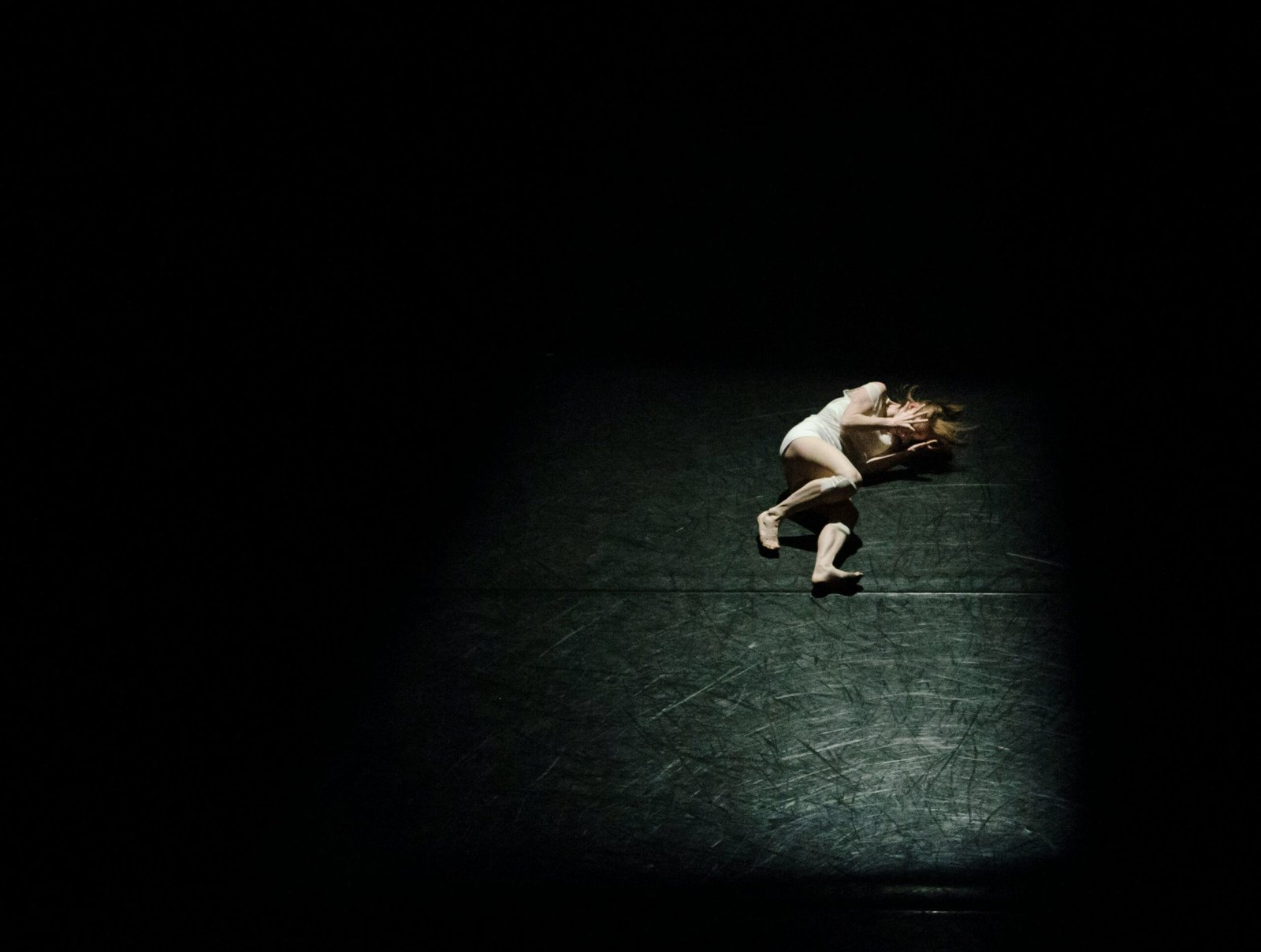Myrtle Gonzalez: A Biography of a Silent Film Star
Myrtle Gonzalez (1891-1918) was a talented actress born in the vibrant city of Los Angeles. She made significant contributions to the film industry during her short but impactful life.
Myrtle Gonzalez was born in Louisiana to Mexican immigrant parents, making her one of the first Latin American actresses to achieve success in Hollywood. Her exotic looks and captivating screen presence broke barriers for Hispanic actors at a time when representation in film was scarce. Despite facing discrimination and typecasting, Myrtle persevered and carved out a name for herself as a skilled performer.
Starting her career in Vaudeville theater, Myrtle soon transitioned to silent films and quickly rose to fame. She made her debut in the 1913 film “In the Bishop’s Carriage” and went on to star in over 70 films throughout her career. Her performances were praised for their emotional depth and natural ability, earning her a dedicated fan base.
Unfortunately, Myrtle’s promising career was cut short by her untimely death at the young age of 27. She passed away from influenza during the deadly 1918 pandemic, leaving behind a legacy that continues to inspire young actors and filmmakers today.
Despite her short time in the spotlight, Myrtle Gonzalez left an indelible mark on Hollywood and paved the way.
Early Life and Career Beginnings
Personal Life
Myrtle’s fame and success couldn’t shield her from personal tragedy. She married Gonzalez (James Parks Jones) around 1910 and they had a son, James Parks Jones Jr., before their divorce. However, Myrtle’s determination and resilience kept her going in the industry she adored.
The Making of a Starlet
Myrtle Gonzalez was born in 1891 in the culturally rich neighborhood of Boyle Heights, Los Angeles. Her parents, Manuel George Gonzalez and Lillian L. Cook , were Mexican immigrants who had moved to the United States searching for a better life. Growing up in a diverse community, Myrtle was exposed to different cultures and languages, which would later influence her performances.
From a young age, Myrtle showed a natural inclination towards performing arts, and her parents encouraged her passion. She began taking dance lessons and soon joined a local theater group that performed in Vaudeville shows. At just 16 years old, Myrtle made her stage debut and impressed audiences with her graceful movements and magnetic presence. It was clear that she had a future in show business.
Rising to Fame
In 1912, Myrtle caught the attention of filmmaker Mack Sennett, who offered her a role in his slapstick comedy shorts. These films were popular with audiences and launched Myrtle’s career as a silent film actress. She quickly became one of the most sought-after stars at Keystone Studios and was often paired with famous comedians such as Charlie Chaplin and Fatty Arbuckle.
Myrtle’s versatility as an actress was evident in the variety of roles she played. She effortlessly transitioned from comedic to dramatic roles, showcasing her range and talent. Some of her most notable films include “A Dash Through the Clouds” (1912), “The Jolly Jilter” (1914), and “Fatty’s Tintype Tangle” (1915).
A Calling to the Silver Screen
The allure of Hollywood beckoned young Myrtle, and she heeded its call with enthusiasm. Her ascent within the burgeoning film industry was meteoric. With each role, Myrtle showcased her versatility, etching her name into the annals of silent film history. Her collaborations with prominent filmmakers of the time significantly shaped her career trajectory. Myrtle’s performances were often lauded, and she quickly gained a loyal following.
While many factors contributed to her success, it was Myrtle’s natural talent and charisma that truly set her apart. She had a unique ability to capture the audience’s attention with just a look or gesture, making her an unforgettable presence on screen.
A Trailblazer for Diversity
In the early 1900s, opportunities for Hispanic actors in Hollywood were scarce. Often relegated to playing stereotypical roles, they faced significant challenges and discrimination within the industry. Myrtle Gonzalez’s success was a breakthrough for Hispanic representation on screen.
Her performances defied stereotypes and showcased the depth and complexity of Latin American characters. Myrtle’s heritage was never hidden or downplayed, as she embraced her identity and proudly represented it on screen. She opened doors for future Hispanic actors, paving the way for a more diverse and inclusive Hollywood.
FilmoGraphy
- Chalice of Courage (1915)
- A Natural Man (1915)
- The Girl of Lost Lake (1916)
- It Happened in Honolulu (1916)
- The Secret of the Swamp (1916)
- The Greater Law (1917)
A Life Cut Short
Tragically, Myrtle’s life was cut short at just 27 years old. In October 1918, she contracted influenza during the deadly pandemic that swept through the world. Despite receiving medical treatment, Myrtle’s condition worsened, and she passed away on October 22nd.
Her untimely death shocked the film industry and left her fans in mourning. Tributes poured in from colleagues and admirers, highlighting Myrtle’s impact on their lives. Although her career was brief, her legacy continues to live on through her films and the memories of those who knew her.
Remembering Myrtle Gonzalez: A Celebration of Honors and Tributes
Myrtle Gonzalez’s enduring legacy is evident in the numerous honors and tributes she has received over the years. Her contributions to the film industry continue to be recognized, cementing her place in Hollywood history.
In addition to her star on the Hollywood Walk of Fame and Mexican-American Sunburst Hollywood Stars Walk of Fame, Myrtle has also been honored with a posthumous induction into the Texas Film Hall of Fame in 2020, further solidifying her status as a trailblazer for Hispanic actors.
Her films are still screened and celebrated today at silent film festivals, reminding audiences of her immense talent and impact on the industry. Myrtle Gonzalez may have left this world too soon, but her legacy will continue to inspire future generations of performers.
Legacy
Although her life was cut short, Myrtle Gonzalez’s impact on the film industry is still felt today. She paved the way for future Hispanic actors and showed that diversity on screen is essential. Her natural talent and dedication to her craft continue to inspire generations of performers.
In 1994, Myrtle was posthumously inducted into the Hollywood Walk of Fame, recognizing her contributions to the film industry. She also has a star on the Mexican-American Sunburst Hollywood Stars Walk of Fame, cementing her place as a trailblazer and icon for Latin American representation in Hollywood.
Myrtle Gonzalez may have been silent on screen, but her legacy continues to speak volumes. She will always be remembered as a talented actress, a pioneer for diversity in film, and a beloved star of the silent era.
Conclusion
Myrtle Gonzalez may have left this world too soon, but her legacy lives on through the impact she made on early Hollywood. Her talent, beauty, and charisma will forever be remembered as an essential part of the silent film era and a testament to the enduring power of cinema. Through her films, we can see glimpses of a woman who defied expectations and broke barriers, leaving an everlasting impression on the silver screen. So here’s to Myrtle Gonzalez, a true pioneer and shining star in the history of cinema.







